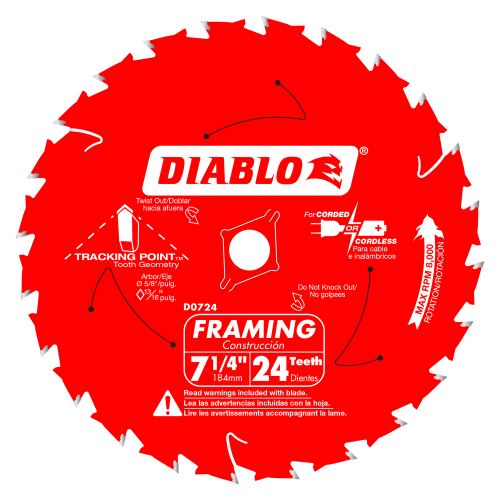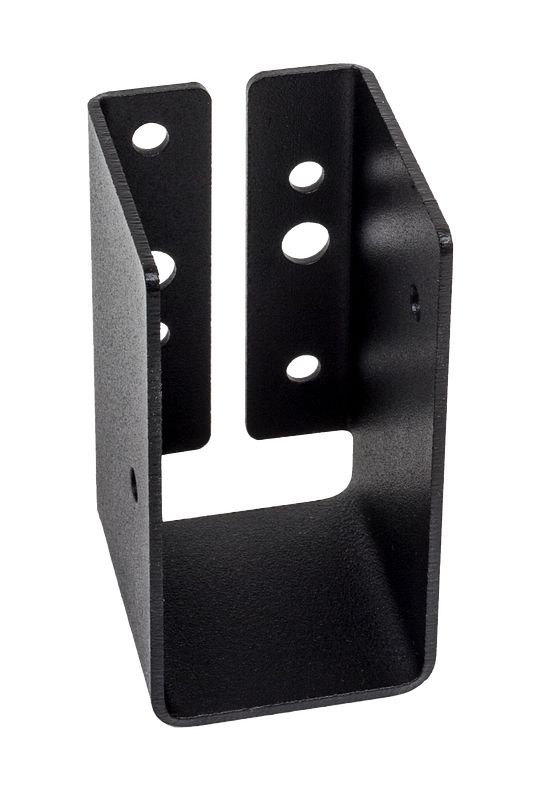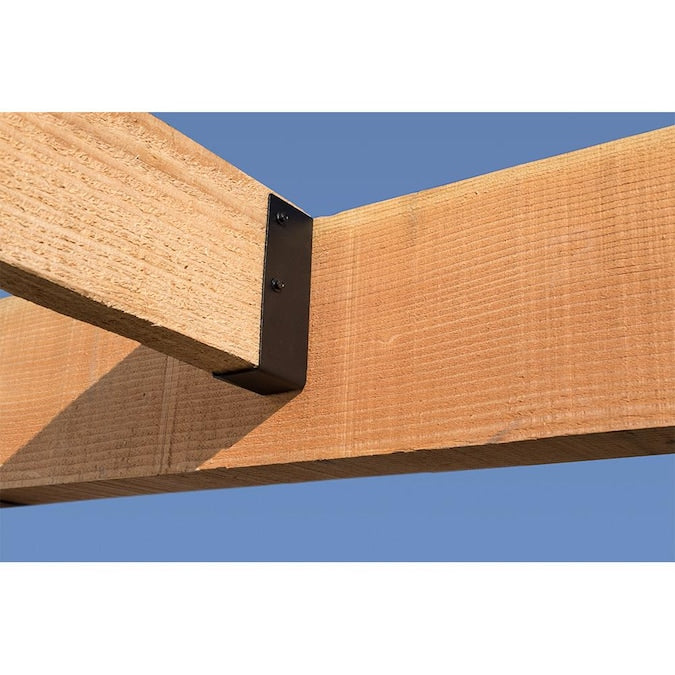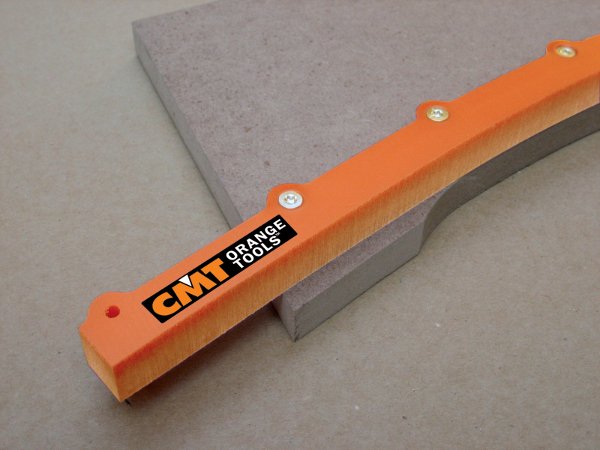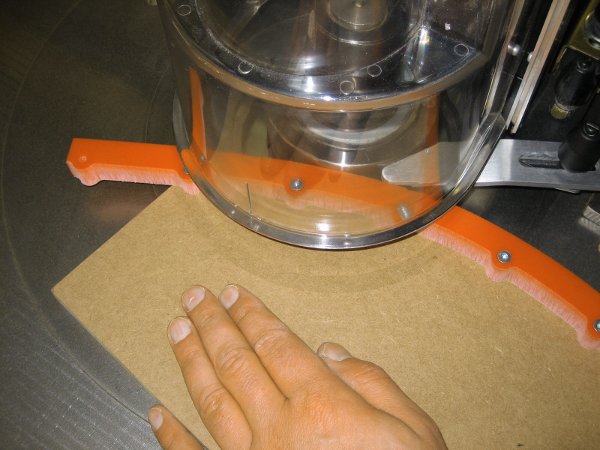The myriad of hardware choices can be overwhelming when taking on a construction or DIY project. Do you understand the difference between lag bolt vs carriage bolt. Each bolt serves a distinct purpose, is designed differently, and can impact the outcome of a project. To ensure the success of your work, recognizing when to use each is crucial. This article explains the differences, breaking down their design, purpose, applications, and more.
Distinguishing By Design
At first glance, lag bolts and carriage bolts might appear similar, but a closer look reveals distinct differences. A lag bolt has a pointed end, resembling a large screw. On the other hand, a carriage bolt stands out with its round, flat head and a small square section beneath the head, ensuring it remains anchored in place.
Understanding Their Primary Uses
Lag bolts find their stronghold in the wood. They provide robust connections, especially when fastening wood to wood or metal. Because of their screw-like design, they are driven into materials with a wrench or socket. Conversely, carriage bolts are primarily used when a smooth finish is required on the surface. The round head ensures that once fastened, nothing protrudes. They are ideal for connecting wood pieces where the bolt shouldn't turn while tightening the nut.
Strength and Load-bearing Capacities
Both bolts play vital roles regarding bearing loads in slightly different scenarios. With their thread design, Lag bolts offer immense pulling strength, making them perfect for projects requiring significant weight support. Carriage bolts, though also strong, focus on providing a secure connection with a cleaner finish, making them less about raw strength and more about aesthetic and functional fastening.
Materials and Resilience
Both lag bolts and carriage bolts come in various materials, with each offering unique advantages. Commonly made from steel or stainless steel, lag bolts provide durability and strength. Carriage bolts often come in stainless steel, zinc-plated, or brass materials. The choice depends mainly on the project's requirements and the environment. For outdoor projects, especially those exposed to moisture, stainless steel is favored due to its rust-resistant properties.
Installation Techniques and Tools Required
The installation process for these bolts highlights another stark contrast. Lag bolts, resembling screws, require pilot holes before installation. Once the pilot hole is made, they can be driven in using a wrench. In contrast, carriage bolts need a hole that matches their diameter. After inserting them, the square section beneath the head digs into the material, preventing the bolt from turning while the nut is tightened on the opposite end.
Integration with Simpson Strong-Tie Connectors
Incorporating quality connectors into construction projects can elevate the outcome to new heights. Simpson Strong-Tie connectors play a pivotal role in achieving this enhanced standard. Recognized for their impeccable quality, they seamlessly integrate with various construction elements, offering added durability and reliability.
Beyond mere construction intricacies, one must also consider the environmental backdrop where the structure stands. Different geographies come with unique challenges- the relentless humidity of coastal areas or the fierce winds of open plains. Here, too, the adaptability of Simpson Strong-Tie connectors comes into play. Thoughtfully designed to weather various environmental challenges, they ensure that structures remain unyielding and intact, no matter the external pressures.


